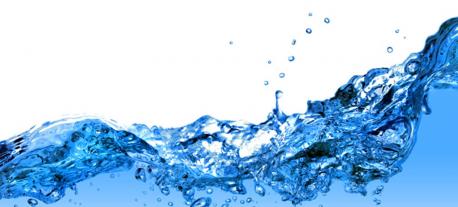Ceramic Systems Experts
Water is becoming the new commodity and as such, is becoming increasingly more valuable. In today's business environment the normal cost of conducting business with the encroaching regulation and enforcement, can be prohibitive. Today a business can add direct savings to their profit margin in a tightening economy, pay for the system while promoting good stewardship of the environment with the CERA-CLEAR™ Water Recovery System™.
Every entity that uses water, from residential households to industrial manufacturers, creates a wastewater that must be cleaned and ultimately returned to the environment. This water then becomes the supply for subsequent needs in the community.
Many waste streams could, through natural decomposition, result in the production of pathogenic microorganisms that would cause disease in the population if returned to the environment untreated. Consequently, municipalities usually have treatment facilities to render the wastewater into a form suitable for return to the environment; where these facilities don’t exist, the government specifies requirements or limits for the producer so as not to impact the environment. As a result of the importance of treating these wastes, the engineering science of wastewater treatment has developed, whose ultimate goal is to protect the environment in a manner commensurate with public health, economic, social and political considerations.
Wastewater treatment and water recovery witha CERA-CLEAR™ WRS™ has a clear and measurable Return on Investment (ROI). Savings and the ROI are realized in the following ways: cost of water, sewer avoidance cost, and cost of energy and cost avoidance. These are explained in more detail below.
E3’s WRS™ has multiple scalable model sizes, each with their own performance characteristics.
Water Costs Savings is directly proportional to the amount of water recovered (filtrate). For example, if water costs your organization $8.00 per 1000 gallons, and your recovery rate is 50%, your waters costs effectively drop 50% or $4.00 per 1000 gallons.
Sewer Avoidance Costs
Municipalities assess surcharges if the water being discharged contains levels certain constituents or where the waste containing compatible pollutants in concentrations greater than those for "normal" wastewater. Some example surcharges are BOD/COD, TSS, TKN, and Oil and Grease. Recently, surcharges for conservation restrictions have been assessed in the Midwest and Southern United States water districts.
Cost of Energy
In the example of an industrial laundry, energy is expended bringing water up to temperature for use through a variety of means, electrical (which is cost prohibitive) gas. With other filtration technologies, water cannot be processed at temperature or damage can occur to the filtration system. With ceramic systems, the energy used to bring the water up to the targeted temperature is recovered because the water is returned at the same temperature. While there are small losses of the ambient temperature, the circulation pump creates friction with the water enhancing the ambient water temperature for use as it’s returned to the system
Cost Avoidance is the cost associated with the avoidance of new construction, facilitates, or municipal charges to supply water that would otherwise have been required. See Table 7 below for an example of nominal cost savings with a Water Recovery System™ over the course of a year.

